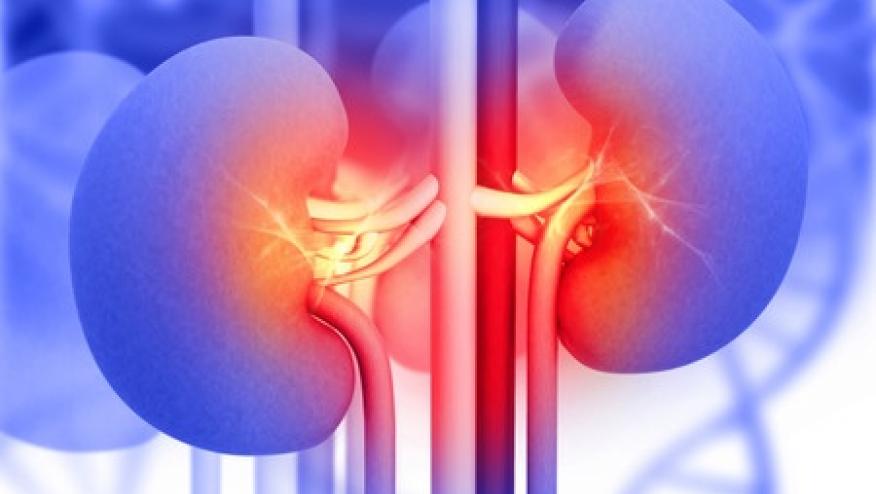Can SGLT2 Inhibitors Be Protective in Lupus and Vasculitis? Save

SGLT2 inhibitors are all the buzz in the renal world with reports of a renal protective and mortality lowering effects. Maybe these agents should be considered and studied in lupus nephritis and ANCA- associated vasculitis.
Sodium–glucose cotransporter 2 (SGLT2) inhibitors haven been shown to benefit many clinical scenarios. SGLT2 inhibitors includes agents such as canagliflozin (Invokana), dapagliflozin (Farxiga) and empagliflozin (Jardiance).
A recent Viewpoint in Annals of Rheumatic Disease call for the consideration of SGLT2 inhibitors in renal-targeting disorders like lupus and vasculitis.
The protective effects of SGLT2 inhibitors has been demonstrated in recent studies o fchronic kidney disease (CKD) and heart failure patients (with and without type 2 diabetes) along with angiotensin-blocking agents. Importantly, improved mortality in these cardiorenal risk patients was observed. Beyond their antidiabetic properties their renal protective and mortality benefits have been surprising.
Given the added mortality risk imposed by CKD in with both ANCA- associated vasculitis (AAV) and lupus nephritis (LN), the authors call for consideration and study of SGLT-2i on renal, nonrenal and cardiovascular outcomes in patients with AAV and LN.
In addition to improved glycemic control, reductions in body mass and blood pressure, SGLT2 inhibitors may be protective in heart failure (and ejection fraction), chronic kidney disease and gout patients. Possible mechanisms include natriuresis, reduction in plasma volume, improved vascular function and blood pressure, reduction in adipose mediated inflammation, pro-inflammatory cytokine production, reduced oxidative stress, lowered serum uric acid level, reduced glomerular hyperfiltration and albuminuria.










If you are a health practitioner, you may Login/Register to comment.
Due to the nature of these comment forums, only health practitioners are allowed to comment at this time.